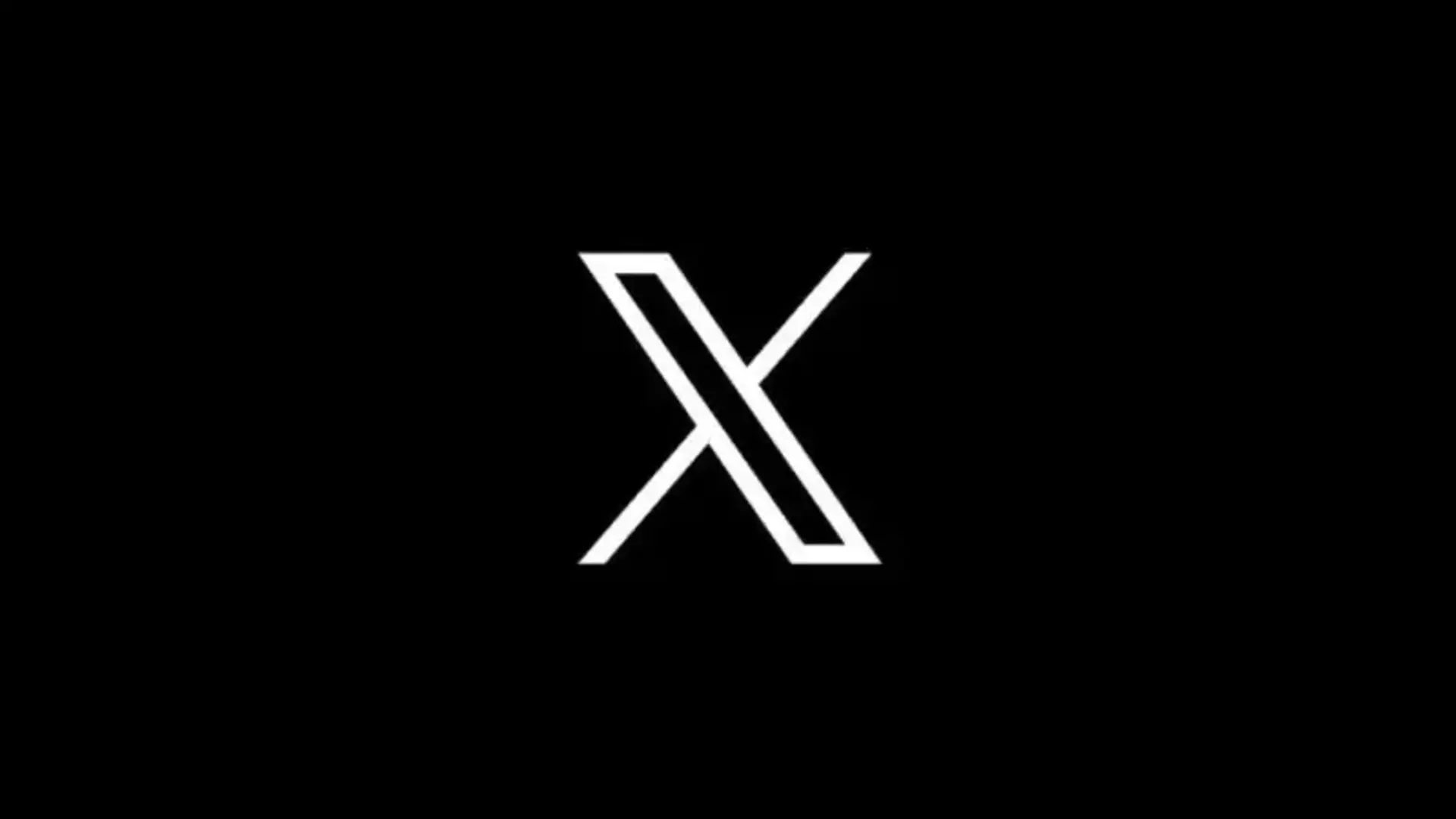The concept of tokenizing real-world assets (RWAs) has been gaining significant traction in the financial sector, with estimates suggesting that the market value of tokenized assets could reach as much as $10 trillion by 2030.
In today’s article, let’s dive into the current state and future potential of RWA tokenization, exploring how blockchain technology is transforming the way we manage and trade assets like real estate and agriculture.
What is Tokenization?
Tokenization involves converting the rights to an asset into a digital token on a blockchain network. These tokens represent ownership or a share in the underlying real-world asset. This innovative approach offers enhanced liquidity, transparency, and accessibility, making high-value investments like real estate more attainable to a broader audience.
Current Market and Predictions
The current market for tokenized RWAs is valued at approximately $300 billion, with projections indicating a possible increase to between $3.5 trillion and $16 trillion by 2030. This growth is attributed to the increasing adoption of blockchain technology by traditional financial institutions and investors recognizing the advantages of tokenized assets.
Key Benefits of Tokenization
=Increased Liquidity and Accessibility: Tokenization allows fractional ownership of assets, lowering investment thresholds and making them more accessible.
=Reduced Transaction Costs: Blockchain technology facilitates direct asset transfers without intermediaries, significantly reducing transactional costs.
=Enhanced Security and Transparency: The immutable nature of blockchain provides a transparent and secure record of ownership.
=Rapid Transaction Settlement: Blockchain enables instant settlement, offering a higher degree of automation and minimizing counterparty risk.
Challenges and Solutions
Despite its advantages, tokenization faces several challenges:
=Regulatory Uncertainty: Many jurisdictions lack clear legal frameworks for tokenization, requiring multiple platforms to handle assets in different areas.
=Interoperability and Standardization: The lack of standardization and interoperability among private blockchain networks can fragment liquidity and complicate investor onboarding.
=Technical Bottlenecks: Current infrastructure limitations and technical challenges hinder broader adoption.
=Incomplete Settlements: Some platforms only settle trade legs on-chain, not cash legs, leading to incomplete real-time settlements.
=Incumbent Reluctance: Established players in the asset management industry may resist changes due to existing profit structures.
Addressing these challenges involves creating robust infrastructure that integrates seamlessly with traditional financial systems, establishing clear regulatory frameworks, and fostering collaboration for standardization and interoperability.
Recent Developments and Future Outlook
=Real Estate Tokenization: Tokenization is simplifying and accelerating real estate transactions, offering fractional ownership and reducing intermediaries.
=Financial Asset Tokenization: Bonds, stocks, and shares are being tokenized to increase accessibility and liquidity.
=Private Market Revolution: Private equity and credit markets are increasingly embracing tokenization, potentially allowing retail investors to access these markets through tokenized funds.
Conclusion
The Tokenization of real-world assets represents a significant shift in asset management and investment. By leveraging blockchain technology, it promises to democratize access to high-value assets, enhance liquidity, and streamline transactions.
As the industry navigates regulatory and technical challenges, the future of tokenized assets looks promising, with the potential to reshape the global financial landscape.
Disclaimer: This article provides an overview based on current market data and trends. It is not intended as investment advice. Readers should conduct their research and consult professionals before making investment decisions.












